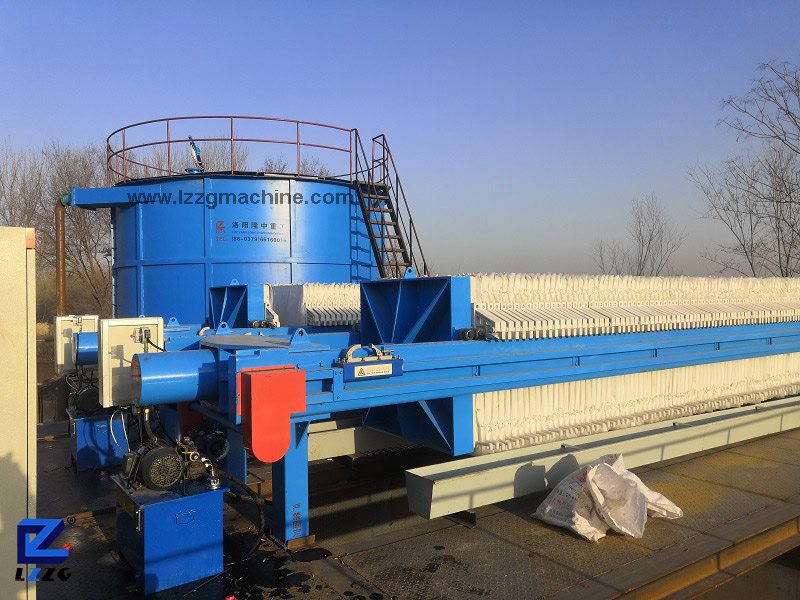The process of mechanical squeezing and drying of sludge
 November.29,2021
November.29,2021
The sludge drying process is mainly divided into mechanical pressing drying process and heating drying drying process. The mechanical pressing drying process also includes ordinary mechanical drying process, membrane pressure filtration drying process, and combined mechanical drying process; heating drying process The dry drying process also includes the flue gas thermal drying process, the steam thermal drying process, and the thermal oil thermal drying process.
Ordinary mechanical drying
Commonly used ordinary mechanical dehydration methods are belt filter press dehydration and screw press centrifuge dehydration. Both of these machines are used to make sewage with an initial concentration of about 97% moisture content into sludge with a moisture content of about 80% through one-stage squeezing and filtration.
Features
Belt filter press dehydrator has low speed operation, no noise, and large processing capacity; screw press centrifuge has relatively large processing capacity and can be continuously operated.
Disadvantages The belt filter press has a poor on-site environment, strong odor and high humidity, which is easy to cause secondary pollution, while the screw press centrifuge has a relatively large power consumption. Under normal circumstances, to process 100t/d sludge, the motor power needs to be about 60kW. In addition, the moisture content after the above two forms of treatment can only reach about 75-80%, which cannot meet the requirements for sludge to be incinerated in the boiler.
Diaphragm pressure filter drying
The sludge produced in the sewage treatment process is transported to the sludge treatment tank through a pump, after adding chemicals (PAM and flocculant), mixing treatment, the sludge reacts fully with the chemicals, and the sludge moisture content is adjusted to 95%~97 %, and then transported to the sludge diaphragm filter press through a pump, after filtering and pressing, it is decomposed into 45%~55% moisture dry sludge and filtrate, and the dry sludge can be burned in a boiler.
Features
Advantages: It can directly dehydrate 97% moisture sludge to within 50% moisture in one step, meeting the requirements of circulating fluidized bed incineration in the furnace, and the dehydration efficiency is high in the low concentration stage, and the energy consumption is low.
Disadvantages the pressing time is long, a cycle time of about 3 hours and 45 minutes; continuous discharge is not possible, the processing capacity of a single device is small, and the quantity is large; the filter cloth of the plate and frame filter press is made of PP or polyamide. The service life is not long; the automatic cake unloading device of the plate and frame filter press needs to be improved. At present, manual unloading is required, which consumes labor; a certain amount of flocculant (wood chips or quicklime) needs to be added, which increases the operating cost.





